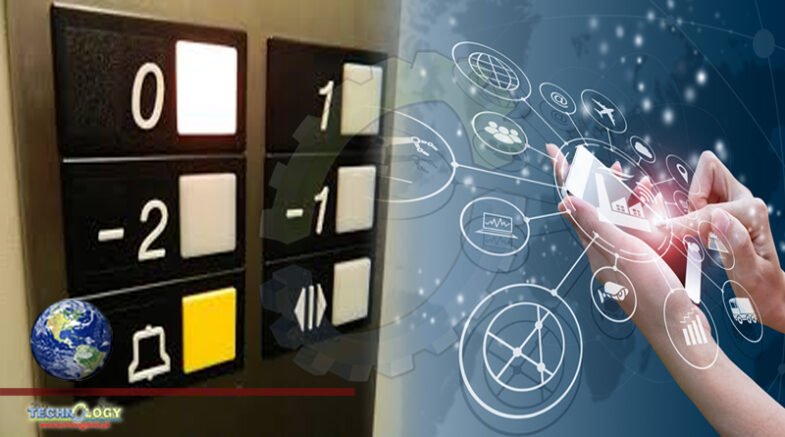Many industries have started adopting digitalization to drive business efficiencies and better stakeholder experiences.

While contactless services and technology interventions have become the accepted norms of the present and the coming future, many industries have started adopting digitalization to drive business efficiencies and better stakeholder experiences.
The wave of digital transformation, further accelerated by the pandemic, is undoubtedly changing the nature of business and how we offer solutions to our customers across sectors. While contactless services and technology interventions have become the accepted norms of the present and the coming future, many industries have started adopting digitalization to drive business efficiencies and better stakeholder experiences.
The real value of time is indispensable in today’s day and age, the elevator & escalator industry acknowledges the challenges of living in the hustle-bustle of a city. Keeping the same in mind, the vertical mobility industry is leveraging technology on various fronts to offer customers solutions that can keep them moving seamlessly through their day. Most of it leverages algorithms, data and sensors to help achieve efficiency and also drive safety.
One of the technologies that we introduced a few years ago was an intelligent destination dispatching system, and is at the start of the digitalization trend. This system is especially useful in structures with multiple floors and multiple elevators. Instead of using standard two-directional call buttons, passengers enter their specific floor in the lobby-based fixture. The system assigns passengers traveling to nearby floors to the same car. This minimizes the number of stops per trip, reduces car crowding and decreases travel times.
In response to customer’s challenges arising out of COVID, some elevator industry players introduced enabled mobile phone apps to register an elevator and choose the floor to your destination. Some of these apps are powered by Bluetooth. A user can simply connect, put in the floor information for pick up and drop on the app, and a lift will be allocated within seconds with no to minimum passengers in it. This eliminates the use of touching public access buttons thereby reducing the potential risk of contracting unhealthy germs or viruses.
The industry has also turned to digital for its maintenance business, with the aim of offering services that are proactive and transparent. Proactive customer service is all about the ability to anticipate a customer’s issues or needs and address them before they grow. Prolonged downtime of an elevator is likely to block many people’s mobility, especially in a mid or high-rise buildings, which can cause a major delay in work.
From here, the vertical mobility industry will only advance further in its adaptation of technology pushing companies that are willing to embrace it, to become more digitally innovative and not just focused manufacturing centric.
Originally published at bwsmartcities
